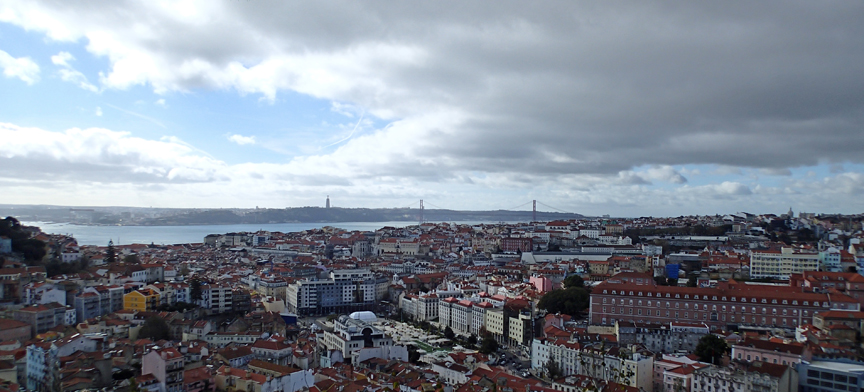Whenever I’m away from my desk, it seems that the world is determined to show me strange and beautiful things. An albino sea turtle, for one, gleaming like white gold beneath the blue water. And a brown booby, who nabbed a flying fish off a wave-crest as I watched from the kayak.
When a juvenile frigate bird tried to steal the booby’s fish away, I paddled over to offer support. The frigate fled, and then the booby enjoyed its meal, as well as (apparently) my company, eventually settling on this buoy to pose and preen.
A few days later, doubting my vision of the gilded turtle in the middle of copyediting a book about
J. Alden Weir, the American Impressionist, I took the time for a quick search online (our family calls it, “consulting the oracle”). As it turns out, albino turtles, while uncommon,
are not unheard of, although it’s more likely that the one I saw was
leucistic. That’s one of my favorite things about the Web: what you might, in some less enlightened age, have been tempted to call hallucination can now be labeled as probable sighting.
Another of the fun things about the Web is that it brings nonstop news of success: the glad tidings of friends and acquaintances, as well as the exploits of impossibly lucky or talented humans who you will never meet.
On the other hand, if you are one of the untold millions striving to find a voice (and a paycheck), the continuous awareness of other folks’ book deals and movie options might leave you feeling like a chronic underachiever. At those moments, it can help to remember that the mere attempt to create carries its own rewards (sometimes long deferred, sometimes completely unfathomable).
Though it’s scant consolation, I try to remind myself that each rejection letter means that I now have one more reader than I did a minute ago. Not a satisfied reader, but hey, you can’t please everybody. The important thing—for my own sense of being a person among other people—is to keep plugging away. I don’t insist on becoming
Meb Keflezighi every time I set out on a morning run, so why feel unhappy about not being
Jim Harrison whenever I sit down at the keyboard?
The fact is that only a rare few get paid to play. The rest of us, as
Gillian Welch sings, “do it anyway.” Here are links for a handful of stories that found publication this spring, none of them in print, and none for pay . . .
• a few thoughts on aspirational flyfishing photography at
Tail magazine
• tips for making the most of a trip to Mongolia at
On the Fly magazine
• an update on our conservation work in
Orvis News
• humor for proofreaders or mathematicians (your choice) at the
Science Creative Quarterly
• and a brief meditation on zen and the art of nonrefundable airfares at
We Said Go Travel.















